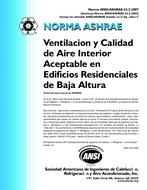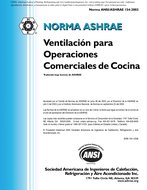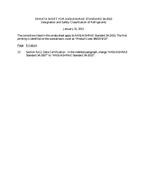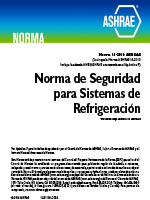Description
In this paper the energy potential of a Double Skin Façade integrating Semi-Transparent Photovoltaics (DSF-STPV) is investigated for DSF-STPV configurations for different climatic regions. The Double Skin Façade (DSF) consists of Semi-Transparent Photovoltaics (STPV) as the exterior layer and an Insulating glazing unit as the interior layer of the DSF-STPV. Semi-Transparent Photovoltaics (STPV) can be integrated on Double Skin Facades (DSF) to enhance the electrical and thermal performance of a building. A mechanically or naturally ventilated DSF, can enhance the natural/cross ventilation of building, can extract heat from the DSF and increase the Coefficient of Performance (COP) of an air source heat pump based mechanical system, or it can introduce fresh air directly to the building. In addition, the integrated STPV, can control the solar gains and the levels of the daylight into the zone. A mathematical model was developed tο simulate the performance of the system, to predict the temperature distribution and airflow within the DSF and the active and passive effects the DSF-STPV has on the energy consumption of the adjacent perimeter zones. The simulation model is based on a finite difference thermal network and can be utilized to perform parametric analyses. A parametric analysis is carried out to determine the values of critical design and operating parameters that minimize the overall energy consumptions, while guaranteeing satisfactory thermal comfort for the occupants,. Specifically, a comprehensive case study for a three-story office building located in four different climate zones is performed. These four climate zones are simulated for nine different DSF-STPV cavity widths, five different velocity set-points and 10 different operating strategies. The numerical results show that, depending on the climate of the region and the depth of the cavity, different strategies should be implemented. By suitably optimizing the DSF-STPV design and operation, the energy demand of the adjacent perimeter zones can be covered by the generated PV electricity, facilitating to reach the goal of net zero energy building.
Product Details
- Published:
- 2021
- Number of Pages:
- 9
- Units of Measure:
- Dual
- File Size:
- 1 file , 3.9 MB
- Product Code(s):
- D-TO-22-C050
- Note:
- This product is unavailable in Russia, Belarus




